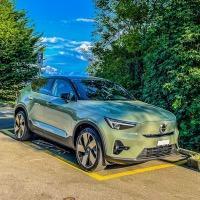Toyota FCV-R Concept (Foto Ufficiali)
-
Contenuti simili
-
IED - Pagani Alisea Concept 2024 1 2
Pubblicato da Aymaro,
- pagani alisea
- ied pagani alisea concept
- (e 6 altri in più)
- 18 risposte
- 1293 visite
-
Toyota Land Cruiser (250/Prado) 2024 1 2 3
Pubblicato da KimKardashian,
- 29 risposte
- 5886 visite
-
- 21 risposte
- 2356 visite
-
-
-








.thumb.jpg.d20c5008a881490f9c7f843d442a34f8.jpg)














Messaggi Raccomandati:
Crea un account o accedi per lasciare un commento
Devi essere iscritto per commentare e visualizzare le sezioni protette!
Crea un account
Iscriviti nella nostra community. È facile!
Registra un nuovo accountAccedi
Sei già registrato? Accedi qui.
Accedi Ora